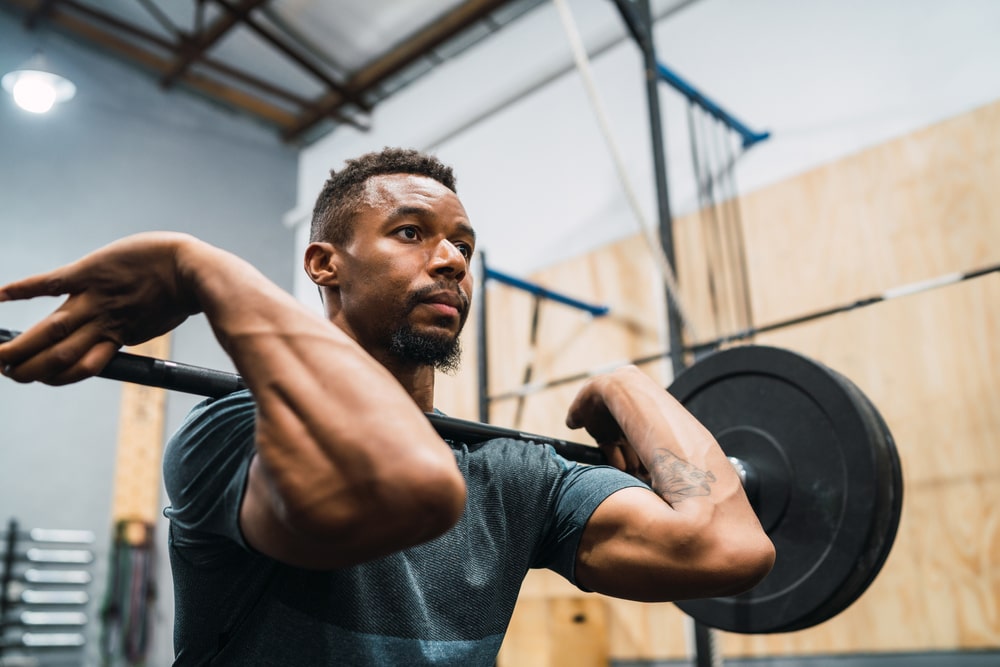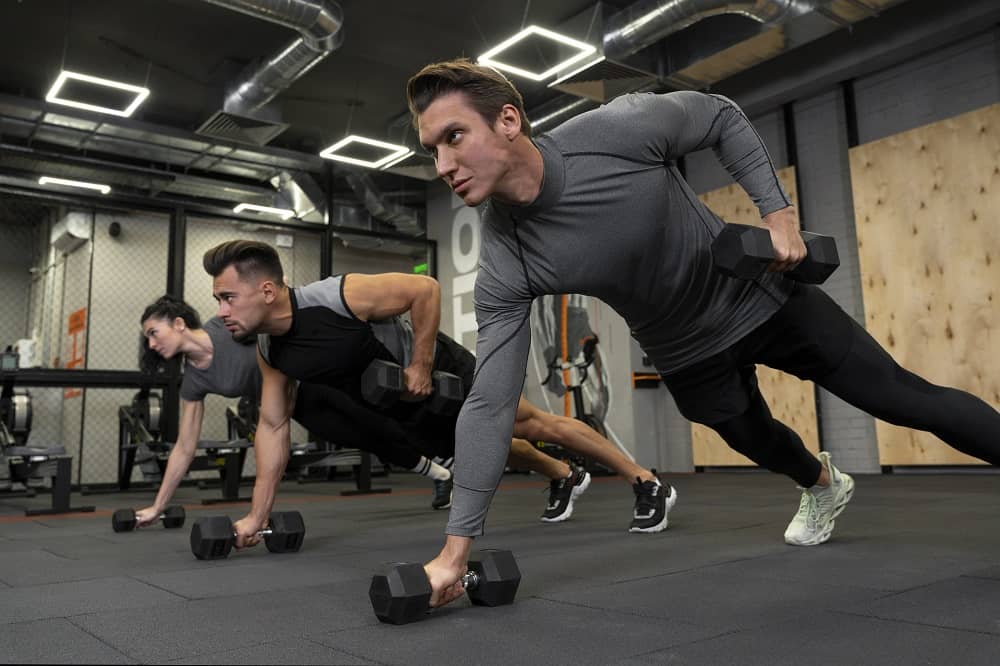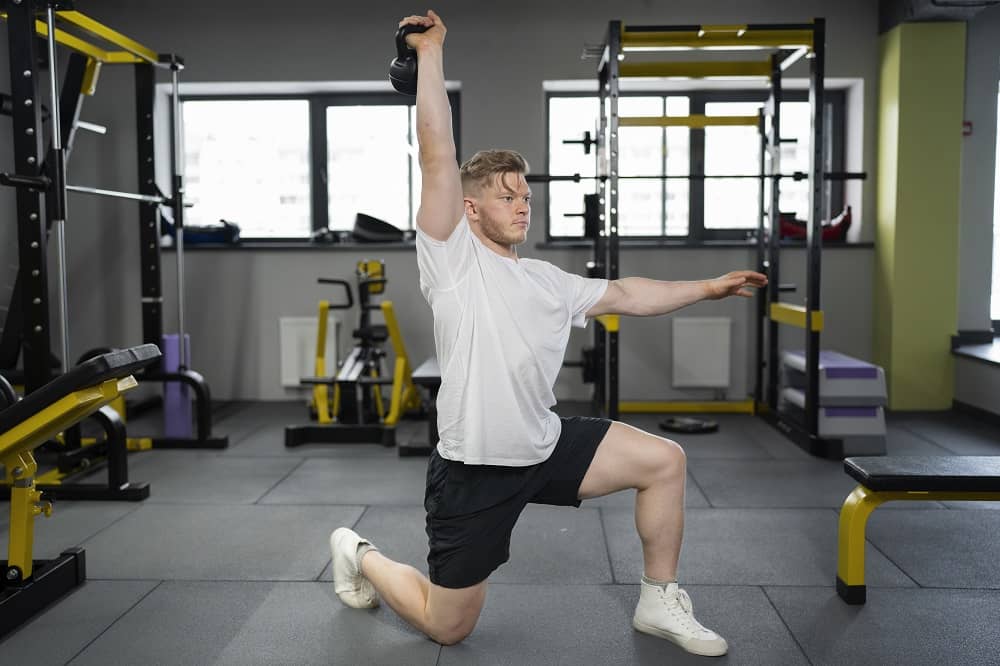by Mo Adams
Share
by Mo Adams
Share

In the world of fitness, Strength and Conditioning plays a vital role in optimizing physical performance. Whether you are an athlete aiming to improve your game or an individual looking to enhance overall health, Strength and Conditioning can help you reach your full potential. From increasing muscle strength to improving endurance and mobility, Strength and Conditioning programs are designed to push your physical capabilities and achieve long-term fitness goals.
In this article, we will explore the importance of Strength and Conditioning, the key components of a well-rounded program, and how it can benefit athletes and fitness enthusiasts alike. If you are ready to take your fitness journey to the next level, this guide will help you understand how Strength and Conditioning can make a difference in your training regimen.
What is Strength and conditioning?
Strength and Conditioning is a comprehensive approach to improving physical performance through structured exercise, focusing on strength development, cardiovascular endurance, and overall fitness. It is a systematic and progressive method of training designed to enhance physical capabilities, prevent injuries, and improve general health.
In simple terms, Strength and Conditioning combines strength training, which involves increasing muscle mass and power, with conditioning exercises aimed at improving endurance, agility, speed, and flexibility. These programs are tailored to meet the needs of different individuals based on their goals, whether it’s for athletic performance, weight loss, or general health improvement.
The Importance of Strength and conditioning
1. Improved Athletic Performance
For athletes, Strength and Conditioning is essential for enhancing their physical abilities. Properly designed Strength and Conditioning programs target specific muscle groups, improve power output, and increase endurance. Whether you play football, basketball, or soccer, Strength and Conditioning helps you build strength, agility, and coordination, leading to better overall performance.
2. Injury Prevention
One of the key goals of Strength and Conditioning is injury prevention. By strengthening muscles, ligaments, and tendons, conditioning helps increase stability and mobility, reducing the risk of strain and injury during physical activities. Regular strength training enhances joint stability and promotes better body mechanics, which helps protect your body from common injuries like sprains, strains, and overuse injuries.
3. Enhancing Muscle Strength and Endurance
Strength and Conditioning programs are tailored to improve both strength and endurance. Strength training focuses on lifting heavier weights with fewer repetitions, which increases muscle mass and overall strength. Conditioning exercises, on the other hand, focus on endurance, agility, and flexibility, ensuring that muscles can perform efficiently over longer periods.
By focusing on both strength and endurance, Strength and Conditioning ensures that you not only build muscle but also improve the endurance required for prolonged physical activity.
4. Improved Metabolism and Fat Loss
Through Strength and Conditioning, you can significantly boost your metabolism. Strength training helps build lean muscle mass, which burns more calories at rest than fat. Moreover, high-intensity conditioning exercises increase your heart rate, promoting fat loss and improving cardiovascular health.
This combination of strength training and conditioning exercises can help you achieve a leaner, stronger physique while maintaining a healthy metabolic rate.
Key Components of Strength and conditioning
A well-rounded Strength and Conditioning program should target all aspects of physical fitness. Below are the main components:
1. Strength Training
Strength training is a critical element of Strength and Conditioning. It focuses on building muscle strength through resistance exercises. The goal is to increase the amount of weight you can lift in different exercises, such as squats, deadlifts, and bench presses.
2. Cardiovascular Conditioning
Cardiovascular conditioning, or “conditioning,” aims to improve your cardiovascular endurance and stamina. It includes exercises such as running, cycling, swimming, or high-intensity interval training (HIIT). These exercises help enhance the heart’s efficiency and increase overall endurance.
3. Mobility and Flexibility
Mobility and flexibility are crucial for injury prevention and optimal performance. Stretching and mobility exercises improve the range of motion of your joints and muscles, ensuring that you move freely and efficiently during training and daily activities.
4. Core Stability
A strong core is the foundation of all movements. Core exercises are essential for Strength and Conditioning as they strengthen the muscles around the torso, enhancing balance and stability during both strength training and conditioning exercises.
Benefits of Strength and conditioning for Athletes
1. Improved Speed and Agility
Athletes benefit from Strength and Conditioning because it enhances their speed and agility. Through dynamic movements such as sprinting, agility drills, and plyometrics, athletes can improve their ability to accelerate and change direction quickly, which is essential for success in most sports.
2. Increased Power Output
Strength and Conditioning programs often focus on developing explosive power through exercises like Olympic weightlifting and plyometrics. These types of exercises help athletes generate maximum force in a short amount of time, which is essential for activities like jumping, sprinting, and hitting.
3. Better Sport-Specific Skills
Every sport requires a unique set of skills and physical demands. Strength and Conditioning programs are customized to match the physical requirements of each sport, helping athletes develop the strength, endurance, and flexibility necessary for peak performance.
Read more: Understanding Functional Movement Patterns
How to Incorporate Strength and conditioning into Your Routine
Whether you’re an athlete or someone looking to improve your overall fitness, incorporating Strength and Conditioning into your training routine is essential for achieving long-term progress. Here are some tips to help you get started:
1. Set Clear Goals
Before starting a Strength and Conditioning program, it’s important to set clear, measurable goals. Whether you want to increase strength, improve endurance, or lose weight, having specific objectives will guide your training.
2. Start with a Solid Foundation
Begin with basic strength and conditioning exercises that improve your overall fitness. Focus on building a strong foundation by mastering proper form and technique before progressing to more advanced movements.
3. Gradually Increase Intensity
Progress gradually by increasing the intensity of your workouts. As your strength and endurance improve, you can increase the weight you lift, the duration of your cardio sessions, or the intensity of your interval training.
4. Incorporate Rest and Recovery
Rest is essential for allowing muscles to recover and grow stronger. Make sure to incorporate rest days into your training schedule to avoid overtraining and reduce the risk of injury.
Conclusion
Strength and Conditioning is a critical aspect of any fitness program. It enhances athletic performance, promotes injury prevention, and helps individuals achieve their fitness goals faster. Whether you are an athlete looking to improve your performance or someone who wants to get in better shape, focusing on Strength and Conditioning will give you the tools you need to succeed.
If you’re ready to take your fitness to the next level, visit crossfit golden valkyrie for expert coaching, personalized training, and a community that’s committed to helping you achieve your best results.
FAQs
What is the difference between strength training and conditioning?
Strength training focuses on building muscle strength and power, while conditioning focuses on improving cardiovascular endurance and stamina.
How often should I incorporate strength and conditioning into my routine?
For beginners, 2-3 times per week is sufficient. As you progress, you can increase the frequency to 4-5 days per week, depending on your fitness goals.
Do I need to do both strength training and conditioning?
Yes, combining both strength training and conditioning is crucial for overall fitness. Strength training builds muscle and power, while conditioning improves endurance and cardiovascular health.
Can strength and conditioning help with weight loss?
Yes! Strength and conditioning help build lean muscle, boost metabolism, and increase calorie burn, making it an effective method for fat loss.
STAY IN THE LOOP
Subscribe to our free newsletter.
At CrossFit Golden Valkyrie, we believe in empowering you with strength workouts that transform your body and mind. Resistance training, the foundation of true strength, involves challenging your muscles with various activities – from lifting weights to mastering bodyweight exercises. Think of it as forging your own resilience, one rep at a time. Key compound exercises like
At CrossFit Golden Valkyrie, whether you’re just starting your fitness journey or looking to enhance your results, a well-rounded fitness training plan is essential for reaching your goals. To create a balanced routine, incorporate these five key elements into your fitness training program: 1. Aerobic Fitness Aerobic activity, also known as cardio, forms the foundation
At CrossFit Golden Valkyrie, we believe nothing compares to a solid session of exercises for functional strength. The rush of lifting heavy loads and pushing through high-volume reps brings a sense of power and fitness like no other. No matter your athletic background or fitness level, exercises for functional strength are key to enhancing physical
At CrossFit Golden Valkyrie, we believe that true fitness isn’t just about lifting heavy or running fast; it’s about building a body that moves well, feels good, and stays active for a lifetime. And at the heart of that philosophy lies the critical importance of joint health and mobility. Many people, as they age or push




